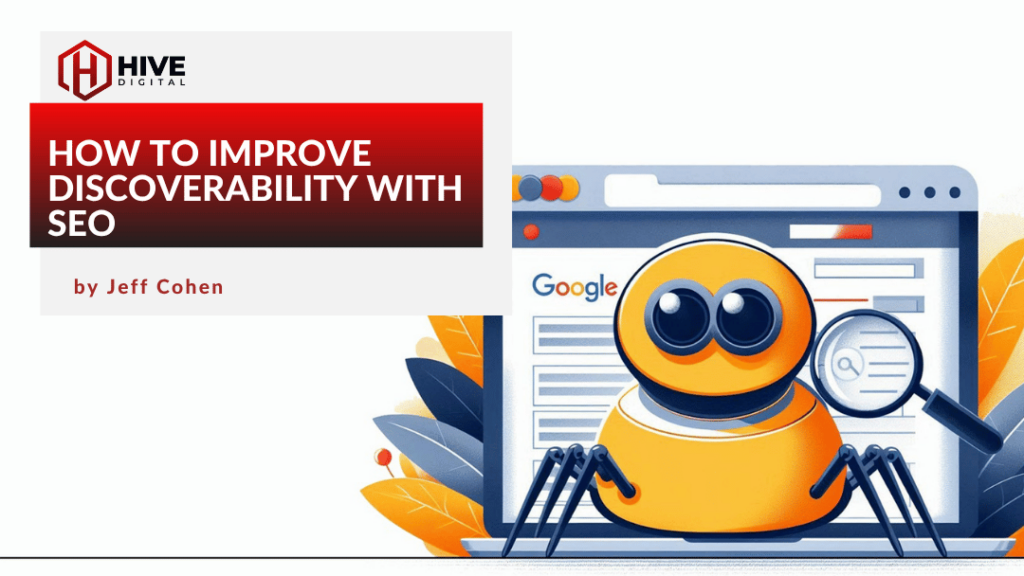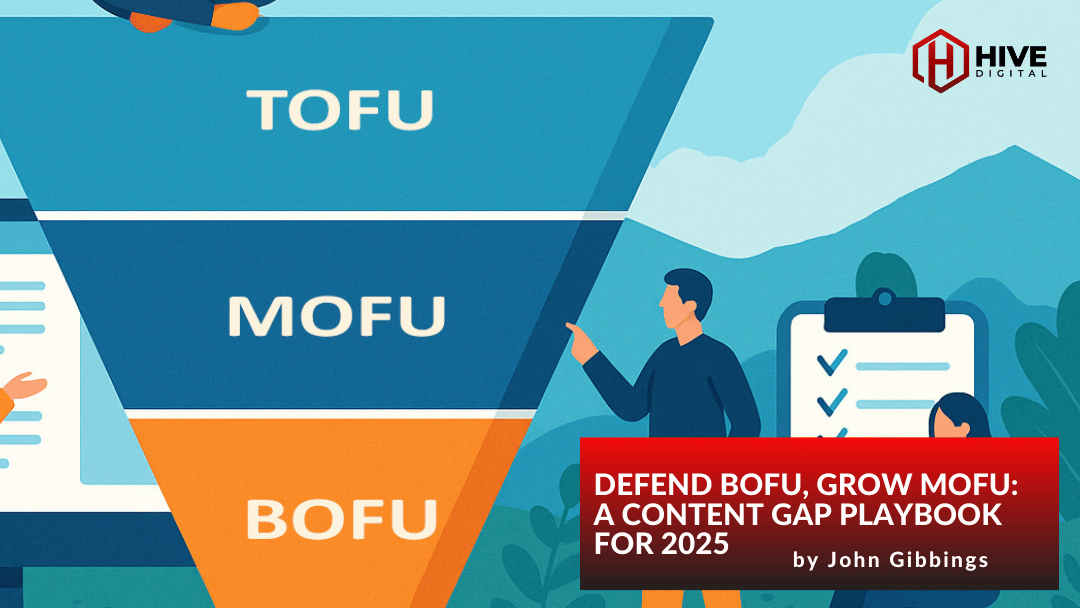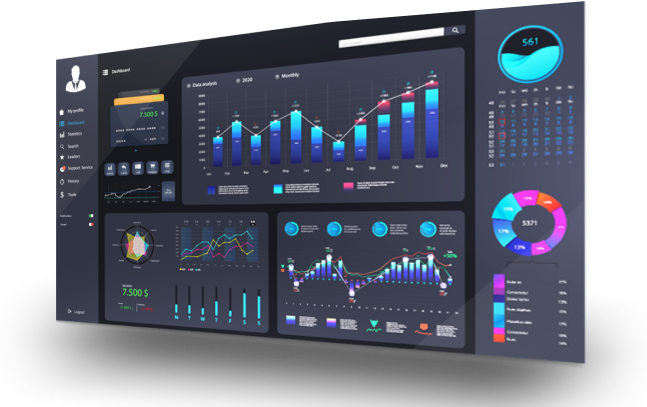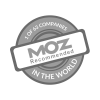Content that can’t be found might as well not exist. Publishing alone won’t bring traffic, not in a digital space where everyone is pushing content and few are optimizing it effectively. If search engines can’t surface your material, your audience won’t see it. That’s why SEO and content strategy must function as one system, not as parallel efforts.
Recent changes to Google’s algorithm, especially the Helpful Content updates, send a clear message: prioritize substance. Google no longer tolerates keyword stuffing or shallow content, and frankly, it hasn’t for some time. Instead, it rewards pages that demonstrate clarity, topical depth, and genuine relevance to the searcher’s intent.
This guide lays out focused tactics that improve search visibility and deliver measurable results. Here’s how to structure content that ranks and drives qualified traffic.
1. Start with Audience and Intent
Before drafting a single sentence, get clear on who you’re writing for, and what they’re trying to accomplish.
- Use keyword research tools to identify the actual phrases people search for, but don’t stop there.
- Look for patterns in search intent. Don’t just chase high-volume head terms. Dig into the questions your audience is asking. Are they looking for a how-to? A product comparison? A definition?
- Understanding the “why” behind the query helps you deliver content that actually solves their problem.
Pro Tip: Do some test searches and see what shows up in the People Also Ask box. It’s a great way to uncover related questions.
Tailor your content to match the user’s knowledge level, industry, or intent. A beginner’s how-to guide will look very different from an enterprise-level buying comparison.
2. Craft a Comprehensive Content Brief
A solid content brief is where strategy and execution meet.
- Start with keyword and SERP analysis. What’s already ranking? What gaps can you fill?
- Use this intel to shape your angle, your content should offer something unique or better aligned with searcher needs.
- Map your structure ahead of time. Outline headers and include internal linking opportunities to reinforce authority and guide navigation.
- Draft working titles and meta descriptions that are benefit-focused and aligned with keyword targets.
3. Optimize Content for Quality Signals
If you want to rank, your content has to be useful and trustworthy, not just technically sound.
- Cover the topic thoroughly. Think about the full range of questions someone might have.
- Include visuals, examples, or supporting data to improve engagement and authority.
- Add author bios or citations when relevant, especially for YMYL (Your Money or Your Life) content where credibility matters.
- Don’t skip the basics: optimized title tags, header structure, alt text, internal links, and clean URLs still matter.
4. Continuously Refresh and Maintain Content
SEO isn’t a one-and-done effort, even high-performing content can lose momentum over time.
- Use tools like Google Search Console or GA4 to spot pages with declining traffic or rankings.
- Refresh outdated stats, refine keyword alignment, or update examples to keep content relevant.
- Repurpose evergreen content into new formats (videos, social posts, updated blog editions) to extend its value and reach.
5. Prioritize User Experience
Google’s ranking systems are increasingly UX-aware. So are your readers.
- Use a clear, approachable tone, one that’s appropriate for your audience’s level of familiarity.
- Structure for scannability: headings, bullets, spacing, and summaries go a long way.
- Make sure your content loads fast, works on mobile, and doesn’t trip up on basic tech issues.
Bring It All Together: Content That Works for Users and Search
At the end of the day, thorough research and a solid strategy will net you better results than any SEO hacks or tricks. When you start with user intent, plan thoroughly, write clearly, and maintain your work, you’re not just checking the boxes search engines look for, you’re creating content that people actually want to find and engage with.
If your current content isn’t getting the visibility or results you’d like, now’s the time to revisit your approach. Audit your content library, refresh what’s outdated, and build new pieces with these principles in mind.
Need help assessing your site or planning your next move? Let’s talk about how we can support your content and SEO goals.










